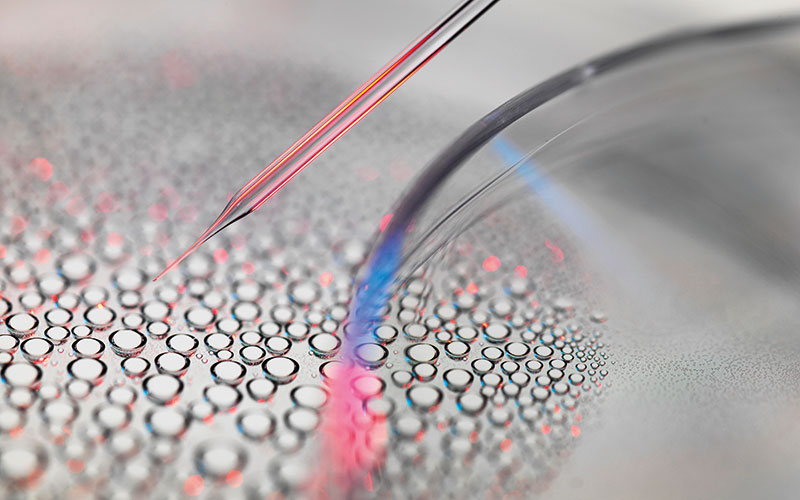Stem-cell scientists have discovered a completely new notion of how human blood is made, upending conventional views from the 1960s.

The findings prove that “the whole classic ‘textbook’ view we thought we knew doesn’t actually even exist,” claimed principal investigator Dr John Dick.
He continued: “Instead, through a series of experiments we have been able to finally resolve how different kinds of blood cells form quickly from the stem cell – the most potent blood cell in the system – and not further downstream, as has been traditionally thought.”
The work also challenges the view that the blood development system is stable once formed.
Dr Dick said: “Our findings show that the blood system is two-tiered and changes between early human development and adulthood.”
Co-authors Dr Faiyaz Notta and Dr Sasan Zandi write that in redefining the architecture of blood development, the research team mapped the lineage potential of nearly 3,000 single cells from 33 different cell populations of stem and progenitor cells obtained from human blood samples taken at various life stages and ages.
Image credit | Alamy




